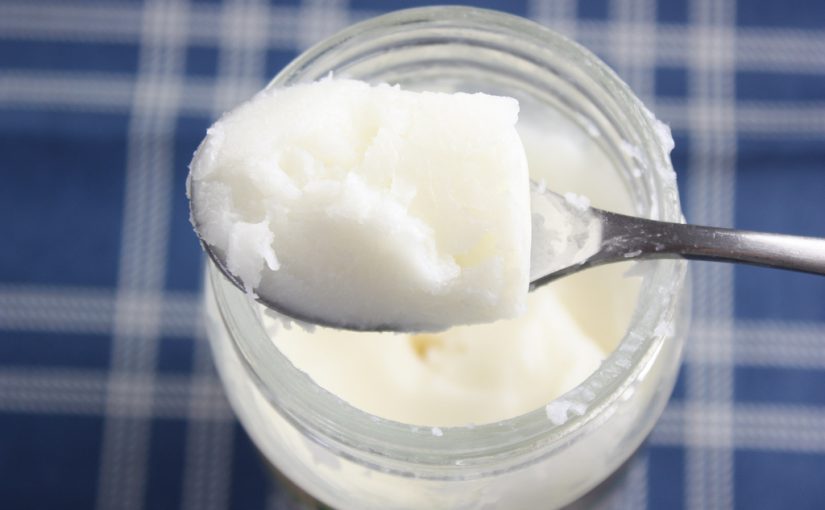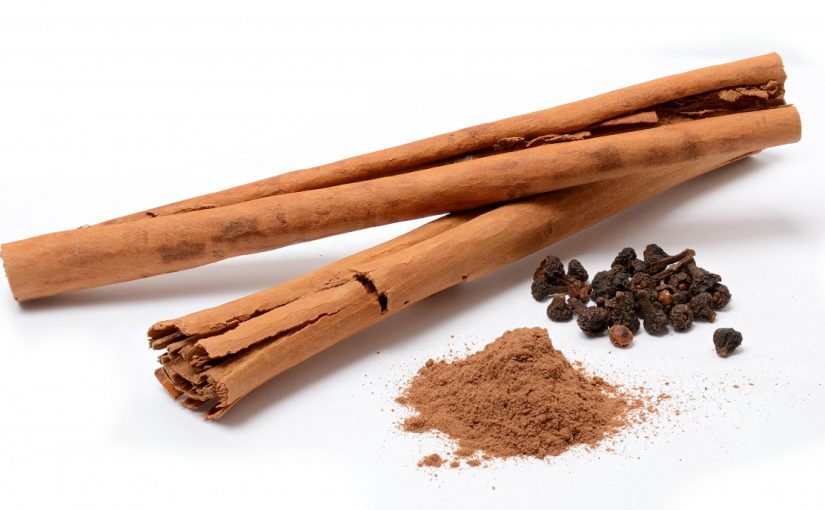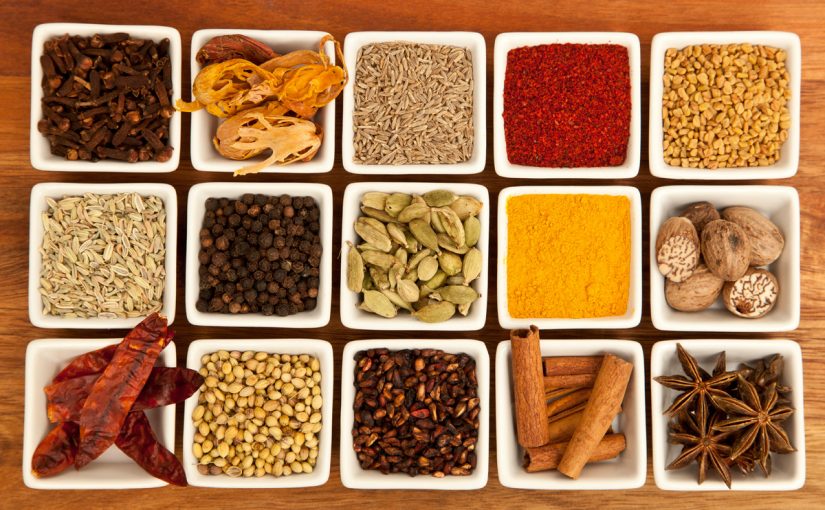This week, as with last week, I decided to do another self-experiment. Though my focus is on herbal medicine in the Pacific Northwest and cinnamon and coconut oil are not native to this region, I find it helpful to get a baseline knowledge of herbalism and natural remedies before I dive headfirst into regional medicine. Additionally, I am not treating any specific illness with these “remedies,” only seeing their potentially positive impact on my body, which I consider to be generally healthy and unproblematic. An important part of health is wellness, not just survival or treatment of symptoms, so I am embarking on this period of herbal self-experimentation as a method of improving my quality of life and overall health and not treating something, which I will get into in more depth as I do more research.
But, I digress. This week, I decided to explore the effects of coconut oil on my body. A long time ago, I read an article about the importance of drinking the milk at the bottom of your cereal bowl – the water soluble vitamins in the cereal will be digested just by eating, but the fat soluble ones must sit in the milk in order for you to get them, so drinking the milk enriches your vitamin consumption. I don’t know how accurate that article was, but I have done some research on fat versus water soluble vitamins, and it clearly is important to have both. But that got me thinking – if vitamins can be fat or water soluble, what about bacteria?
Many skincare experts suggest washing your face with an oil based cleanser as well as a water-based (soap) cleanser. Also, many cultures have used oil pulling for thousands of years as a way to clean teeth, believing that swishing oil in one’s mouth is a way to avoid plaque build-up, tooth decay, gum recession, and even bad breath. So is coconut oil the silver bullet for acne, skin dullness, halitosis, and sautéed vegetables? This week, I decided to find out.

Instead of cleansing my face with just my usual soap, I also removed my makeup with an oil cleanser. And in addition to brushing my teeth with my usual tooth powder, I began my nightly oral routine with oil pulling for ten minutes with coconut oil.
Within a few days, I noticed a significant difference in my skin. It felt clearer, I had fewer zits pop up, and I didn’t once find any residual makeup on my pillow the next day. The tooth one is harder to judge – whitening takes time to notice, and though my mouth felt cleaner, that isn’t exactly an accurate measure of how much it may or may not be helping on a deeper level. It doesn’t seem to be doing any harm, however, and my breath smells good so I think I’ll continue.
That’s it for this week with me as an herbalist guinea-pig! Next week I’m hoping to use some foraged plants from Evergreen’s forest to treat the pain and bruising I have from rollerskating for the first time, though that’s a story for another post.






